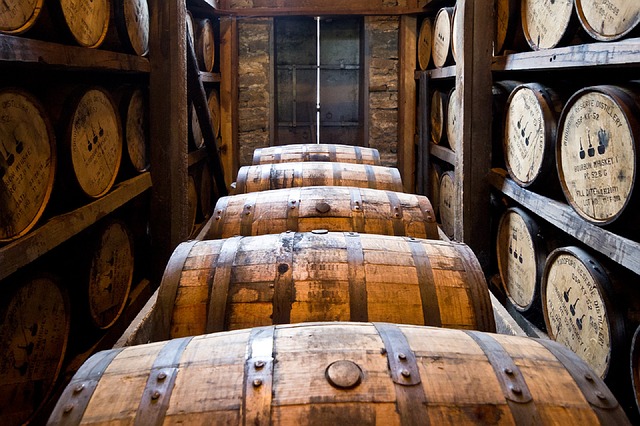 Liquor logistics is a field that has been mastered for decades as companies have profited from the communities love for an alcoholic drink. From young adults to seniors, from beer to spirits and wine selections, there has been an acceptance of general practices by some of the biggest brands and suppliers across Australia.
Liquor logistics is a field that has been mastered for decades as companies have profited from the communities love for an alcoholic drink. From young adults to seniors, from beer to spirits and wine selections, there has been an acceptance of general practices by some of the biggest brands and suppliers across Australia.
However, like any industry, there are movers and shakers in the market to disturb the status quo and when they are introduced, it is up to companies to implement alternate strategies. Those that are not proactive and are left chasing their tail will ultimately fall behind their peers.
In that spirit, we will discuss some of the techniques that companies in the beverage distribution industry have taken onboard in order to remain competitive, viable and successful.
Managing Costs and Overheads
The inventory of items for any beverage distribution operation is paramount. The value placed on these items either as singular products or as bulked packages is the ultimate determining factor that will either glean sales or eat a whole in the budget.
Lost revenue that occurs through failed deliveries, faulty beverages, faulty packaging or general mistakes illustrates a brand that fails to manage its costs correctly.
Beverage distribution does become something of a numbers game where outlets fight tooth and nail to ensure that their overheads are kept to a minimum on the packing of these goods and sending them through couriers that are not inflated. The market leaders in this field will hire the best managers to keep stock of the inventory on hand, managing the process of ordering, holding and sending goods without making any oversight.
Being Efficient and On-Schedule
One of the central facets with this profile of product is the capacity to deliver on shipments where the quality of the product is not compromised, with drinks having a use-by date that ultimately speaks to their viability on shelves around the country. Whilst spirits and wine can be kept without falling in quality, there will be beers that can drop in quality if a shipment falls behind schedule.
These items must be kept cool and fermented to ensure that the taste maintains a certain standard. The scheduling of shipments is paramount as the distributor must communicate with vendors when packages go out and what the expected delivery time will be.
Embracing New Technologies
Software programming and applications are used by the most cutting edge brands in the beverage distribution industry. From automated processes that manage stock to tracking goods through barcodes and issue analytical reports on market performance, these programs are accepted as universal. Yet much like the beverage industry itself, there are variations and alterations in the use of those applications that speak to their expertise and awareness of market trends – both domestically and around the globe.
Keeping Tabs On Demand Influxes
Ordering too much or not enough stock for any beverage distribution network can be incredibly harmful. Understanding where the market is at with their demand is a major gauge to delivering on the overall profitability of a company. This has been the case with an influx of demand to beers with a lower carbohydrate count, a trend that has fallen in line with healthier food options as consumers become savvier with their daily intake.
Thinking Outside The Beverage Box
Not every decision made by the hierarchy at management level has to be completely conventional. The beverage distribution industry is a case in point for brands to think about strategies outside of the box where marketing ploys and brand messaging actually engages users. This is most common with organisations who survey and interact with customers who have constructive feedback.
Summary
No two beverage distribution providers will be the same. As consumers become more selective over their choices, the ultimate factors will come down to quality of the goods and the price. Yet there are still some helpful strategies that separate the good beverage distribution providers from the bad.
